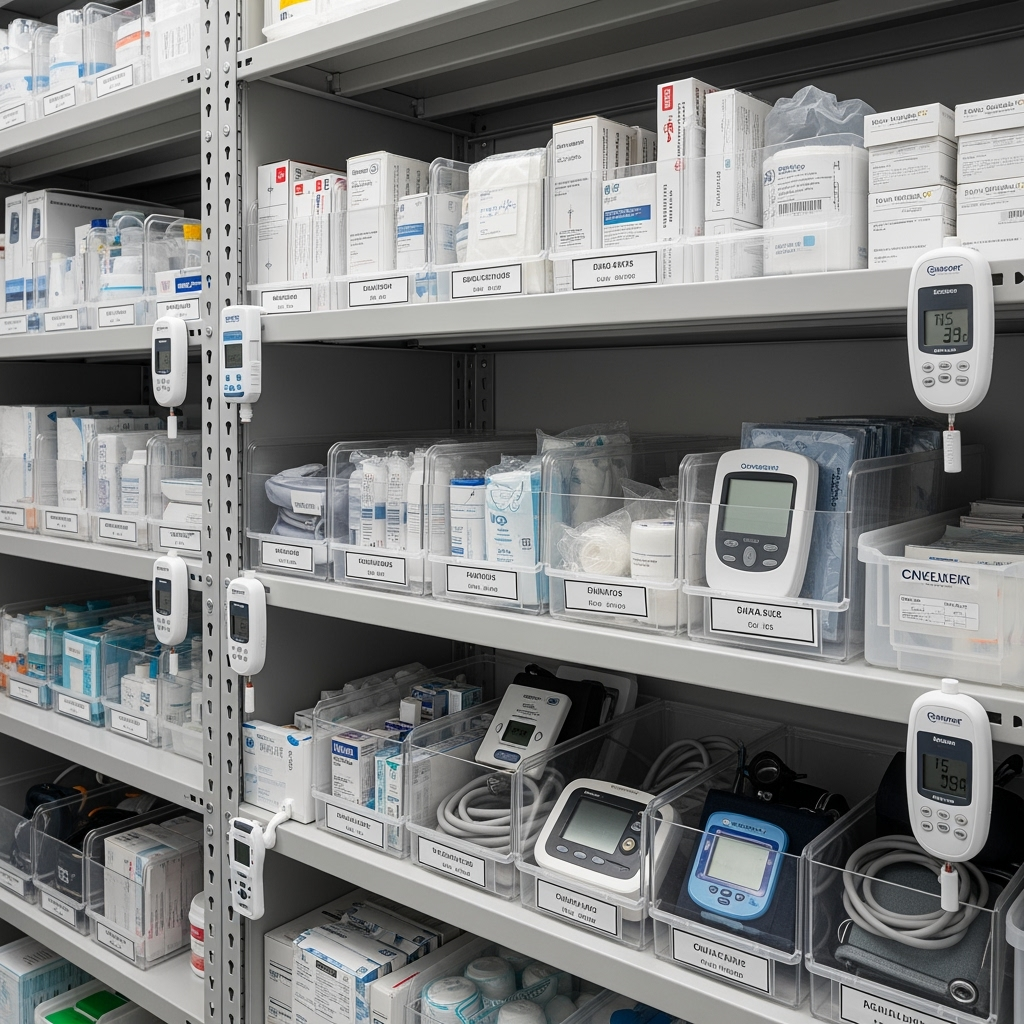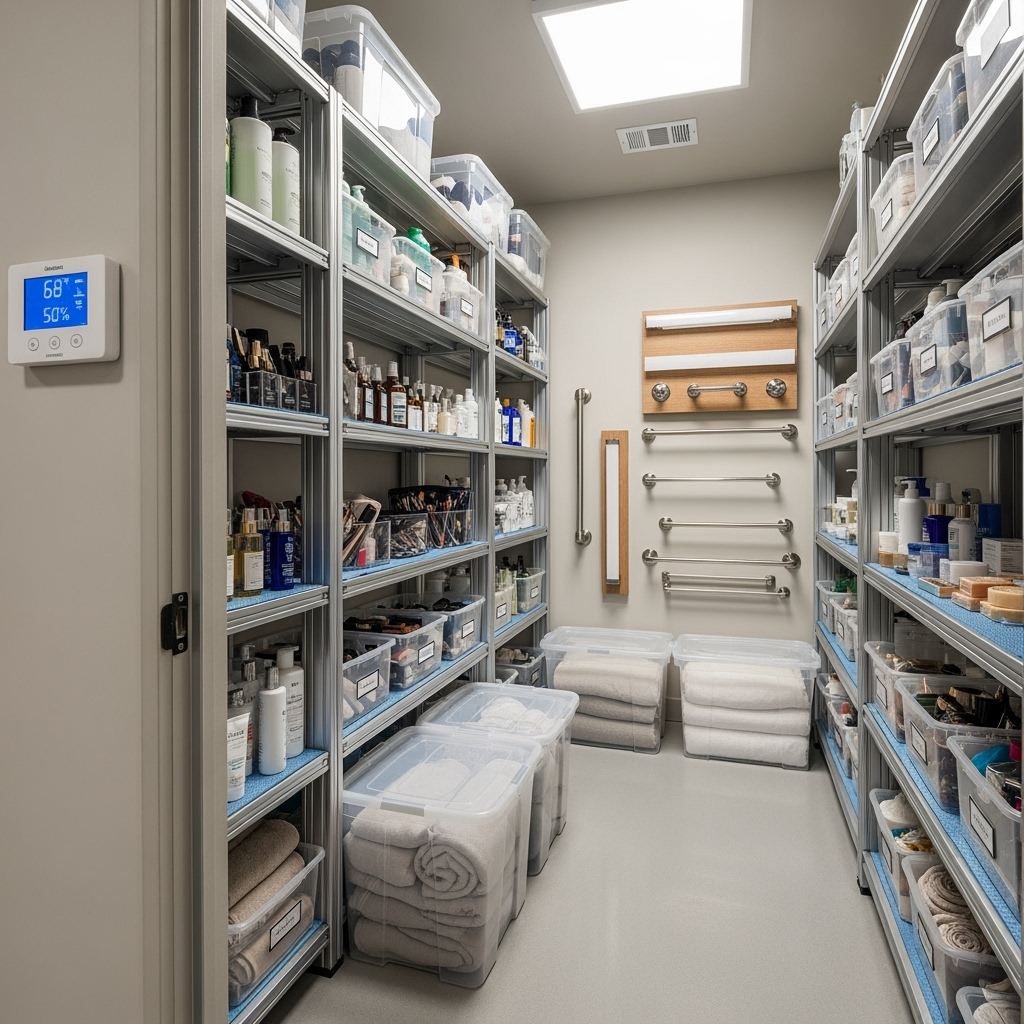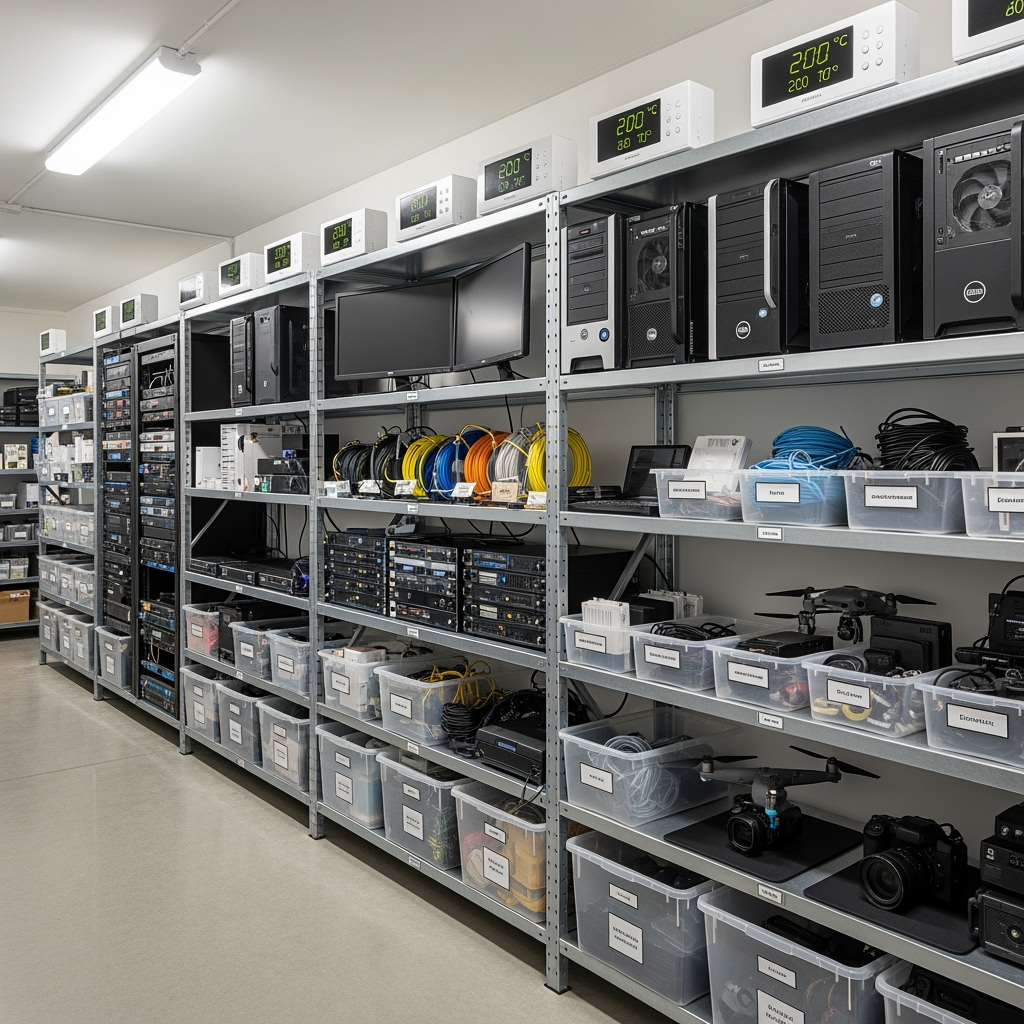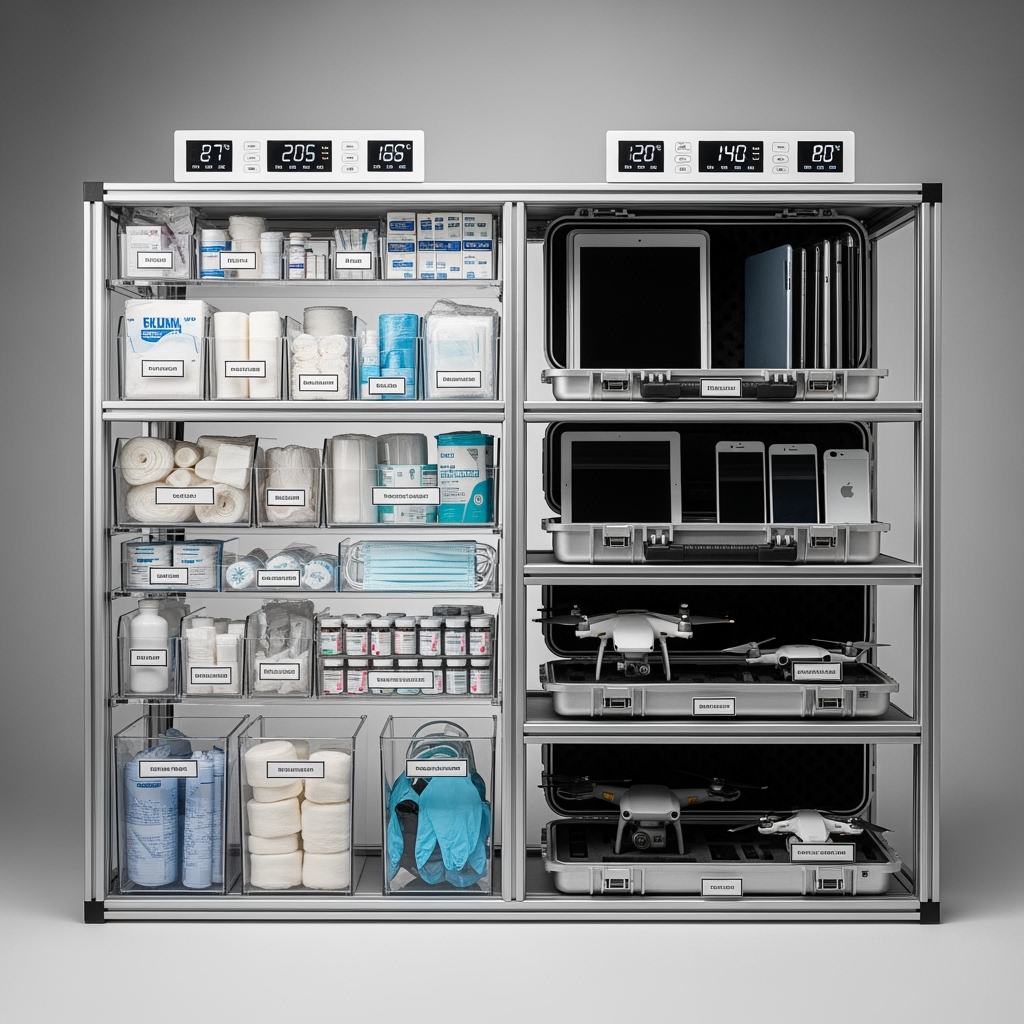Introduction
As the water sports season winds down, proper storage of your valuable equipment becomes crucial for maintaining its condition and extending its lifespan. Whether you’re a weekend warrior with a jet ski or a dedicated paddleboarder, understanding how to store your water sports equipment effectively can save you money and ensure it’s ready for next season’s adventures.
Why Climate-Controlled Storage Matters for Water Sports Equipment
Water sports equipment often represents a significant investment, and exposure to extreme temperatures, humidity, and environmental factors can lead to damage. Climate-controlled storage offers the perfect solution by maintaining consistent temperature and humidity levels, protecting your equipment from:
- Mold and mildew growth
- Material degradation
- Cracking and warping
- UV damage
- Rust and corrosion
Preparing Your Equipment for Storage
Before storing your water sports equipment, proper preparation is essential:
Jet Skis and Personal Watercraft
- Thoroughly clean and dry the exterior
- Drain all water from the engine and systems
- Add fuel stabilizer to prevent fuel system issues
- Apply protective coating to prevent corrosion
- Remove battery and store separately
Kayaks and Canoes
- Clean thoroughly with mild soap and water
- Dry completely to prevent mold growth
- Check for and repair any damage
- Remove seats and accessories
- Apply protective UV coating if needed
Paddleboards
- Clean with fresh water and mild cleaner
- Dry completely, especially in fin boxes and attachment points
- Remove fins and leash
- Store in protective bag or cover
- Keep inflatable boards partially inflated
Choosing the Right Storage Space
When selecting a storage unit for your water sports equipment, consider:
- Size requirements for your specific equipment
- Climate control capabilities
- Access needs during off-season
- Security features
- Loading and unloading convenience
Storage Organization Tips
Maximize your storage space and protect your equipment with these organization strategies:
- Use wall-mounted racks for kayaks and paddleboards
- Implement ceiling storage systems for lightweight items
- Create designated areas for accessories and maintenance supplies
- Use protective covers for all equipment
- Keep frequently accessed items easily reachable
Seasonal Maintenance Schedule
Maintain your equipment’s condition throughout the storage period:
- Monthly inspections for signs of moisture or damage
- Regular battery maintenance for motorized equipment
- Rotation of stored items to prevent pressure points
- Documentation of maintenance activities
- Pre-season preparation checklist
Special Considerations for Different Climates
Adjust your storage strategy based on your local climate:
- Coastal areas: Extra protection against salt air corrosion
- Humid regions: Additional dehumidification measures
- Cold climates: Proper winterization techniques
- Hot regions: UV protection and heat management
Insurance and Security Considerations
Protect your investment with proper coverage and security measures:
- Verify insurance coverage for stored equipment
- Document equipment condition with photos
- Maintain inventory of stored items
- Choose facilities with robust security features
- Consider additional coverage for high-value items
Conclusion
Proper storage of your water sports equipment is an investment in its longevity and performance. By following these guidelines and utilizing climate-controlled storage solutions, you can ensure your equipment remains in excellent condition during the off-season and is ready for your next water adventure. Remember, the small effort invested in proper storage can save significant money in repairs and replacements while extending the life of your valuable equipment.










Leave a Reply